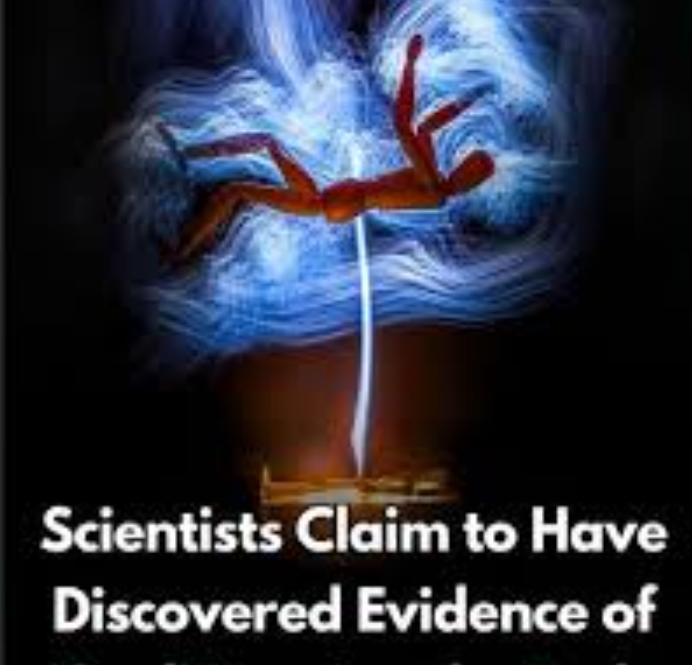
The question of what happens after we die has intrigued humanity for centuries. While many have speculated, few have claimed to have scientific evidence. In 2024, a prominent scientist made headlines by asserting that he had found proof of the afterlife. This bold claim has sparked debates, discussions, and a renewed interest in the intersection of science and spirituality.
The Scientist Behind the Claim
Dr. Stuart Hameroff, an anesthesiologist and professor at the University of Arizona, has long been interested in the nature of consciousness. His work in the field of quantum consciousness led him to propose the Orchestrated Objective Reduction (Orch-OR) theory, developed in collaboration with physicist Sir Roger Penrose. This theory suggests that consciousness arises from quantum processes within the brain’s microtubules.
In 2024, Dr. Hameroff reported findings that he believes provide evidence of consciousness persisting beyond death. He and his team conducted an EEG study on dying patients and observed unexpected gamma wave activity—brainwaves associated with thought and perception—even after the heart had stopped. Dr. Hameroff suggests that this surge in brain activity could indicate that consciousness continues after clinical death, potentially offering scientific support for the existence of an afterlife.
The Study and Its Implications
The study involved monitoring the brain activity of patients who were in the process of dying. In two of the four patients, researchers detected gamma waves shortly after the cessation of heart function. These waves are typically linked to higher cognitive functions, such as memory and perception.
Dr. Hameroff interprets this as evidence that consciousness does not cease immediately upon death. Instead, he posits that the soul or consciousness may persist for a period, challenging the conventional understanding of death and consciousness.
However, some experts remain skeptical. Critics argue that the observed gamma waves could be a result of the brain’s final shutdown processes rather than evidence of lingering consciousness. They caution against jumping to conclusions without further research and peer-reviewed studies.
Historical Context and Previous Research
Dr. Hameroff’s findings are not the first to suggest that consciousness may continue after death. In 1907, physician Duncan MacDougall conducted the “21 grams experiment,” attempting to measure the weight lost by a human body at the moment of death, hypothesizing that this loss represented the soul departing the body. While his results were inconclusive and criticized for methodological flaws, the experiment sparked interest in the scientific exploration of the afterlife.
More recently, studies on near-death experiences (NDEs) have provided anecdotal evidenceDr. Hameroff’s findings are not the first to suggest that consciousness may continue after death. In 1907, physician Duncan MacDougall conducted the “21 grams experiment,” attempting to measure the weight lost by a human body at the moment of death, hypothesizing that this loss represented the soul departing the body. While his results were inconclusive and criticized for methodological flaws, the experiment sparked interest in the scientific exploration of the afterlife.
The Debate: Science vs. Spirituality
The discussion surrounding Dr. Hameroff’s findings highlights the ongoing debate between science and spirituality. While some scientists view consciousness as a product of brain activity, others, like Dr. Hameroff, propose that consciousness may be a fundamental aspect of the universe, not confined to the physical brain.
Spiritual proponents argue that these scientific findings align with various religious and philosophical beliefs about the afterlife. They see the research as validation of long-held convictions about the persistence of the soul.
Conversely, skeptics caution that interpreting these findings as proof of the afterlife may be premature. They emphasize the need for more rigorous studies and peer-reviewed research to draw definitive conclusions.
Public Reaction and Media Coverage
The media’s portrayal of Dr. Hameroff’s claims has varied. Some outlets have hailed his research as groundbreaking, suggesting that science has finally provided evidence of life after death. Others have approached the story with skepticism, highlighting the need for further validation and the potential for misinterpretation.
Public reaction has been similarly mixed. Many individuals are intrigued by the possibility of life after death and view the study as a step toward understanding the mysteries of consciousness. Others remain doubtful, questioning the methodology and interpretations of the findings.
Ethical Considerations and Future Research
The implications of Dr. Hameroff’s research extend beyond scientific inquiry. If consciousness does persist after death, it raises profound ethical and philosophical questions about the nature of life, death, and the soul. How should society approach end-of-life care? What does this mean for concepts like consciousness and identity?
Future research will be crucial in addressing these questions. Dr. Hameroff and his team plan to conduct further studies to explore the persistence of consciousness after death. They aim to refine their methods and gather more data to support or refute their initial findings.
Conclusion
Dr. Stuart Hameroff’s 2024 claim of finding proof of the afterlife has ignited a renewed interest in the scientific study of consciousness and its potential persistence beyond death. While the findings are intriguing, they remain preliminary and require further investigation. The ongoing dialogue between science and spirituality continues to evolve, as researchers and individuals alike seek to understand the mysteries of consciousness and the possibility of life after death.
Note: The information provided in this blog post is based on publicly available sources and historical records. The content aims to inform and educate readers about the scientific exploration of consciousness and its potential persistence beyond death.
Leave a Reply